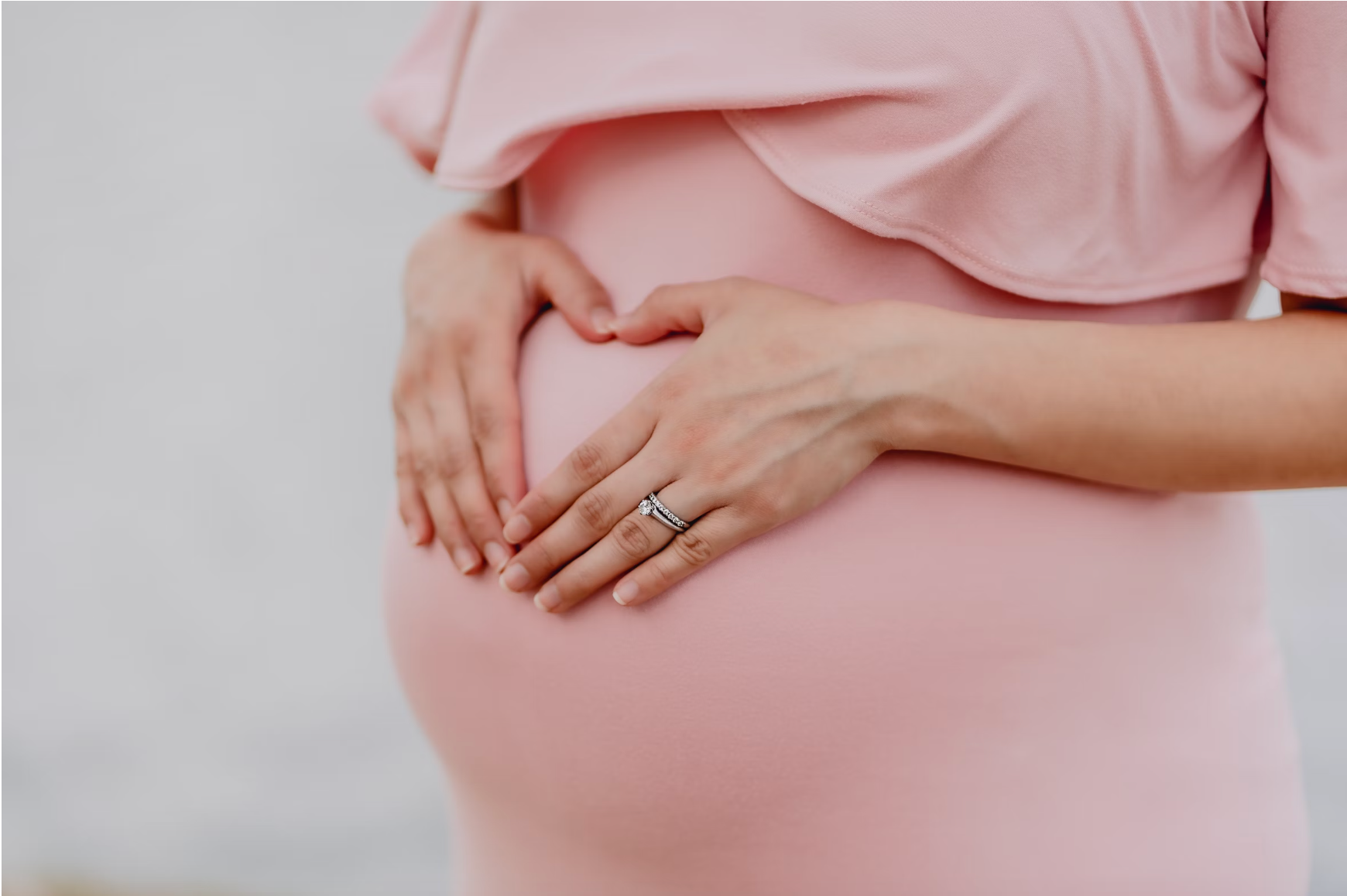Hemoglobin in Early Pregnancy Predicts Anemia During Third Trimester
In a new study, 7.9% of pregnant women without anemia during the first trimester developed anemia during the third trimester.
Credit: Unsplash

Hemoglobin (Hb) levels in the first trimester of pregnancy were significantly better predictors of anemia during the third trimester than other indicators, according to a new study.1
The investigators stated how the World Health Organization strives to reduce the prevalence of anemia in women of reproductive age by half between 2010 and 2025, yet current interventions like iron therapy do not seem to be achieving this.
“Clinically, there is still a lack of high-quality randomized controlled trials to prove that intervention for anemia in pregnancy, especially in the early stage of pregnancy, can reduce the incidence of adverse outcomes; however, actively monitoring and stabilizing the hemoglobin index in the early stage of pregnancy is indeed beneficial to prevent the occurrence of anemia during pregnancy,” investigators wrote.
Low Hb levels and anemia serve as risk factors for the health and development of women and children. The study, led by Yue Zeng, from the department of obstetrics and gynecology at West China Second University Hospital, Sichuan University in Chengdu, China, wanted to evaluate the correlation between blood indicators in early pregnancy among non-anemia women and developing anemia in the third semester among pregnant women in China.
Globally, the prevalence of anemia in pregnant women is 37%.2 However, in China, the prevalence of anemia during pregnancy sits between 10.5% - 23.5%. Pregnant women can develop anemia due to iron deficiency, folic acid deficiency, vitamin B12 deficiency, vitamin A deficiency, vitamin E deficiency, globin formation disorder, and aplastic anemia.
Due to harms related to anemia during pregnancy, the American College of Obstetricians and Gynecologists recommends a complete blood count in the first trimester and at 24 and 28 weeks of gestation for pregnant women to screen for anemia.3
The team conducted a multicenter, prospective cohort study including 1566 pregnant women with uncomplicated pregnancies > 36 weeks who were registered at the survey hospitals in east, south, southwest, and northwest China from May 2019 – December 2020.1 Specifically, the study was based on the West China Second Hospital Iron Deficiency Cohort in China. They were followed up until delivery and discharge.
They used anemia criteria from the United States Centers for Disease Control and Prevention (CDC) to identify the presence of anemia during pregnancy. For instance, for there to be anemia, there would need to be <110 g/L in the first trimester, <105 g/L in the second trimester, and <110 g/dL in the third trimester.
Basic demographic characteristics—such as ethnicity, household registration, annual income, nulliparous women, delivery mode, and duration of iron or folic acid supplementation—were not associated with anemia among pregnant women, according to chi-square tests. However, the team observed TPLT, RBC, Hb, Ht, MCHC, and SF values decreased from early to late pregnancy while MCV and MCH levels increased.
The team found 4% (n = 63) of women during the second trimester and 7.9% (n = 124) during the third semester developed anemia. Moreover, 3% (n = 47) of women had anemia in both the second and third semesters, and 37.9% of women who had anemia in the third trimester had anemia in the second trimester. The majority (79.4%; n = 1243) of the women received iron supplements after the first 3 months of pregnancy.
“This result may provide validation for early initiation of iron supplementation even in women without anemia but with lower Hb levels in the first trimester, and it may lead to a decrease in the frequency of anemia in pregnancy,” investigators wrote.
Using a receiver operating characteristic (ROC) curve, Zeng and colleagues analyzed serum ferritin and routine blood indexes including platelet count, red blood cell count, Hb level, hematocrit, mean corpuscular volume, mean corpuscular Hb, mean corpuscular Hb concentration. The blood parameters, measured during pregnancy, held value for predicting anemia in the third trimester.
The investigators noted the area under the ROC curve of the first trimester Hb levels for predicting anemia (cutoff value 128 g/L, sensitivity 82.3%, specificity 49.6%) and iron deficiency anemia (cutoff value 124 g/L, sensitivity 66.3%, specificity 66.4%) in the third trimester was larger than the area of the other blood variables, suggesting Hb levels are the better indicator to predict anemia later in the pregnancy.
“This prospective study demonstrated that approximately 7.9% of women without anemia during the first trimester developed anemia during the third trimester in China, and 5.7% of women developed IDA,” investigators concluded. “The Hb value in the first trimester most efficiently predicted anemia in the third trimester compared to other blood variables.”
References
- Zeng Y, He G. Association of blood parameters in early pregnancy with anemia during late pregnancy: a multicenter cohort study in China. J Matern Fetal Neonatal Med. 2024;37(1):2299110. doi:10.1080/14767058.2023.2299110
- Anaemia. World Health Organization. May 1, 2023. https://www.who.int/news-room/fact-sheets/detail/anaemia#:~:text=Globally%2C%20it%20is%20estimated%20that,age%20are%20affected%20by%20anaemia. Accessed January 24, 2024.
- James AH. Iron Deficiency Anemia in Pregnancy. Obstet Gynecol. 2021;138(4):663-674. doi:10.1097/AOG.0000000000004559